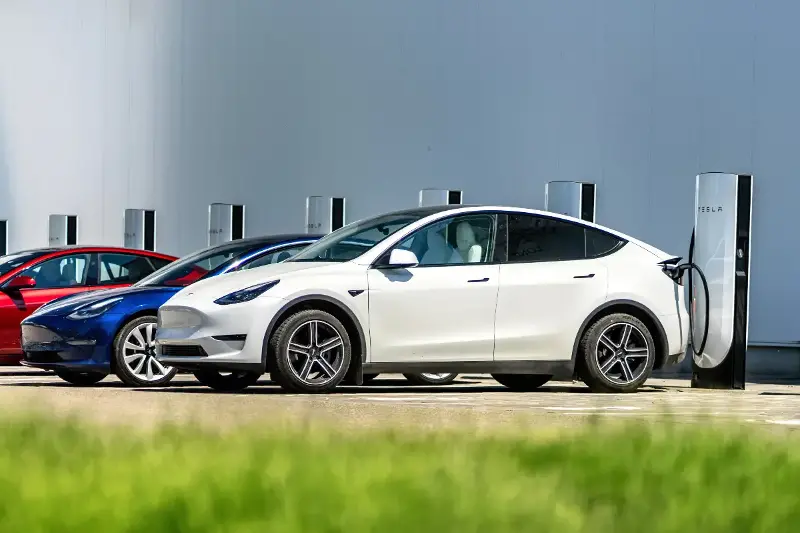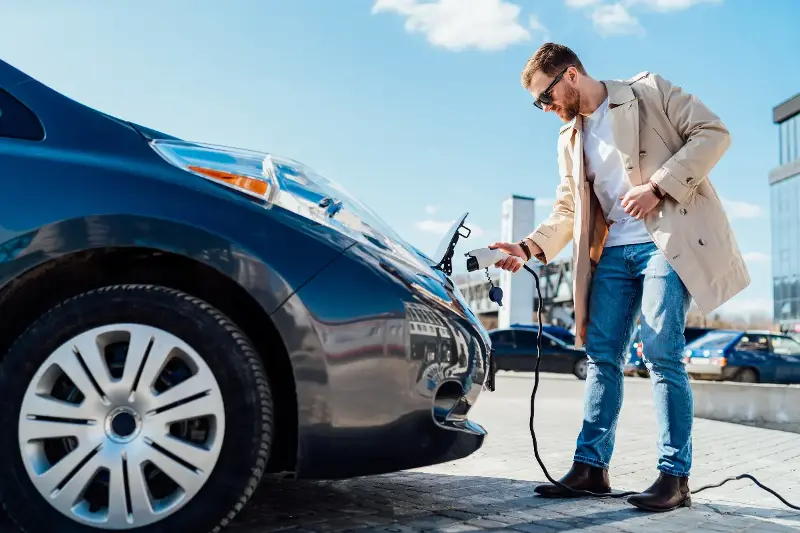Electric vehicles—or EVs—were once the stuff of science fiction. Now, they silently cruise city streets and country roads alike, promising a cleaner, quieter future. But if electric is so promising, why have these green machines not yet replaced petrol and diesel as mainstream transport? The answer is rarely simple, and what unfolds is a fascinating story of innovation, infrastructure, economics, and human psychology.

Charging Into The Unknown: The Infrastructure Gap
At the heart of EV adoption hurdles sits the ever-elusive charging infrastructure. Urban areas may boast a rising tide of public chargers, yet vast swathes of suburban and rural landscapes remain “charging deserts.” For many, the fear of running out of power—range anxiety—still looms large. Charging an EV can be anything but simple:
- Home chargers, while convenient, require dedicated parking and upfront installation costs.
- Public chargers might be far apart, or out of service when you need them most.
- Fast chargers still lag behind the convenience of a quick petrol stop.
In contrast, refuelling a traditional car is as quick as a coffee break. Until EV charging matches—or at least closely approaches—that level of convenience, sceptics and potential converts may bide their time.
The Wallet Factor: Upfront Costs and Market Realities
Cost is another major sticking point. Despite falling battery prices and growing governmental incentives, most EVs command a higher upfront price than their combustion cousins. For the average motorist, shelling out thousands more for an EV—even with promises of long-term savings—can feel like a leap of faith. What’s more, the availability of affordable EVs is still limited compared to petrol or hybrid varieties.
Let’s break down the main hurdles:
- High initial purchase price: Batteries are expensive, and carmakers pass that on to buyers.
- Depreciation worries: Concerns about a car’s future value, as technology rapidly evolves.
- Limited used EV market: Many shoppers still seek the reassurance of tried-and-tested vehicles.

The Global Patchwork: Power Grids, Politics, and Policy
Adoption rates swing wildly from one country to another, and even within regions. Norway blazes ahead with more than 80% of new cars now electric, but huge markets like India, Brazil, or much of Africa lag behind. Why?
- Electricity supply can be unreliable or carbon-heavy.
- Government incentives are inconsistent, and import taxes can make EVs costlier.
- Cultural mindsets and priorities differ, affecting how quickly change can take root.
The success of Norway’s EV revolution isn’t magic—it springs from relentless government support, generous perks, and a small, wealthy, urbanised population.
Beyond The Tech: The Human Factor
Beyond cost and infrastructure, the human element remains crucial. Many drivers cling to tried-and-true habits or cherish the sensory elements of driving—like the roar of an engine or the smell of petrol. Misinformation and uncertainty about battery lifespan, environmental impact, and maintenance requirements further contribute to hesitation. Simply put, changing hearts and minds takes more than cutting-edge engineering.

Looking Ahead: A Road Still Under Construction
The EV revolution is driven by promise and hampered by growing pains. Each year, improvements in battery range, charger accessibility, and affordability chip away at the obstacles. Yet, the journey from niche novelty to everyday norm is far from over.
What’s clear is that the path forward isn’t just about better technology—it’s about reimagining our cities, policies, and daily routines. Will the tide soon turn, sweeping EVs into the global mainstream? Or will resistance keep this revolution in the slow lane for years to come? The answer, perhaps, lies not just under the bonnet, but in the hearts and homes of all who stand to drive the change.
